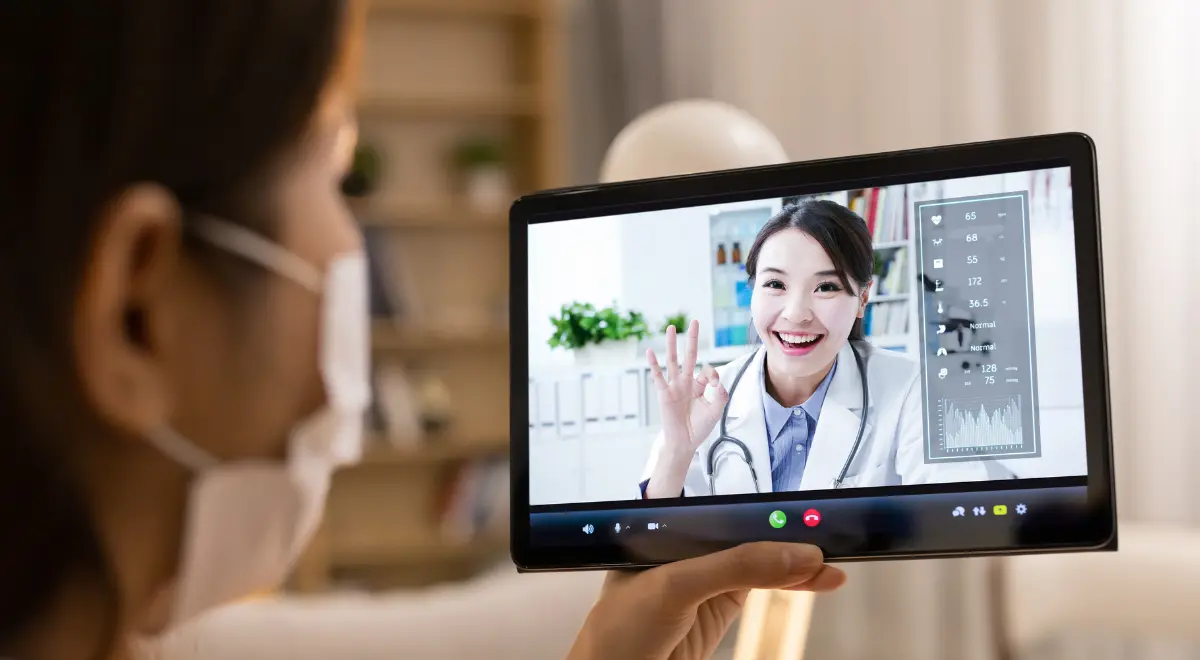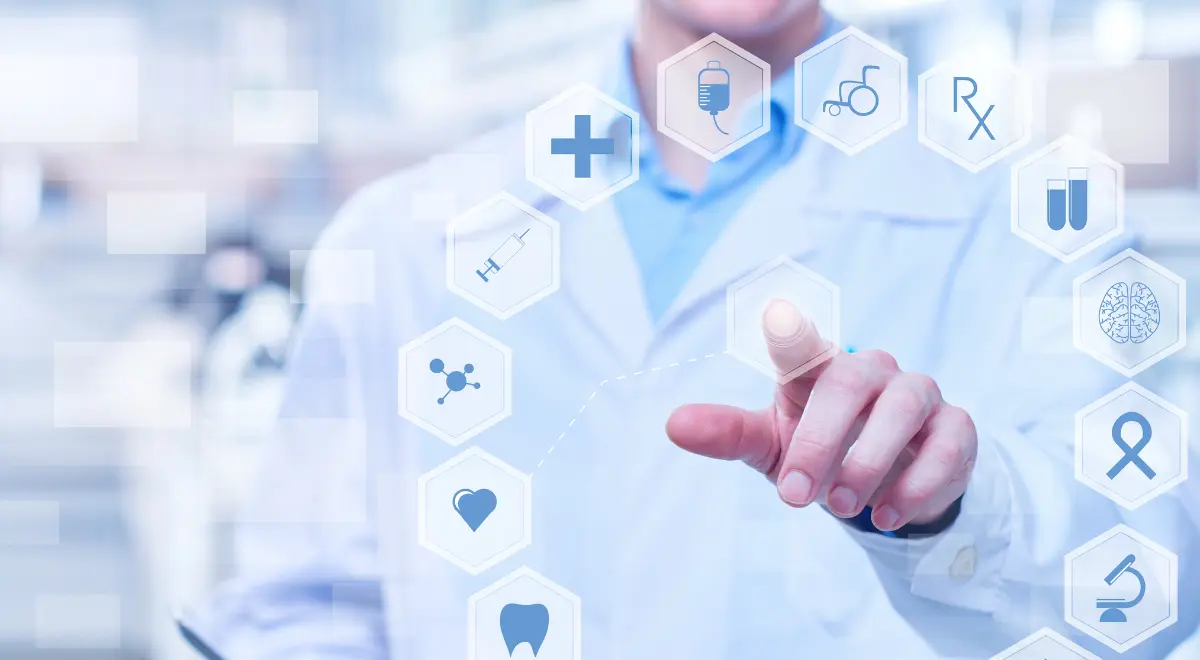Navigating Billing Changes In Respect To Remote Patient Monitoring Services

Want to get the most out of your remote patient monitoring (RPM) reimbursement? Interested in knowing about the latest RPM billing guidelines and changes introduced? In this blog post, we’ll take you through the 2024 RPM CPT codes billing rules and aspects you need to consider when billing a patient for RPM services, right from setting up at-home monitoring devices and recording clinical data.
- CPT Code 99453
This code handles the initial one-time setup of each device and educates patients on using equipment for remote monitoring of physiologic parameters, including weight, blood pressure, pulse oximetry, respiratory flow rate, and blood glucose. You may use this code once after the first 16 days of monitoring in a 30-day period. CPT code 99453 is a one-time billing code used to enroll in an RPM program on the recommendation of a physician or qualified healthcare professional (QHP).
- CPT code 99454
CPT code 99454 denotes expenses for delivering equipment, sending data, and collecting and reporting services. You can use this code once a month per patient, regardless of the number of devices used. The device must be utilized for at least 16 days every month, in other words device readings must be transmitted for at least 16 days, and the code is billed every 30 days. Please note only one reading per day is considered, i. e readings must be for 16 unique days and not multiple readings on each day.
- CPT code 99457
CPT Code 99457 covers the initial 20 minutes of RPM services that are billed once every 30-day calendar month. This code allows for clinical staff to monitor the patient for this code under physician’s or QHCP’s general supervision: RNs, MAs. The time spent monitoring patient data or communicating with patients, including monitoring and analyzing patient data, sending text or phone communication, providing ongoing patient education, communicating patient updates, reviewing patient readings with care team and making changes to the care plan or medications is covered under this code.
- CPT code 99458
This code allows for an additional 20 minutes of monitoring on top of the mandatory 20 minutes for the prior code 99457. Physicians must satisfy the 20-minute service requirement under CPT Code 99457 to initiate billing. Providers can bill up to a total of 80 minutes per month under this code with a tiered billing approach.
- CPT Code 99091
The CPT code 99091 takes at least 30 minutes each month for physicians or other qualified healthcare professional (QHCP) to collect, interpret, and analyze patient-transmitted information, with one occurrence of communication, either phone or email exchange between clinician and patient each month.
Table of Contents
ToggleMedicare Rules For Billing RPM Services In 2024
The guidance released in the 2024 Physician Fee Schedule final rule covers billing scenarios and clarification on the use of certain remote monitoring codes.
The following are the important billing takeaways for RPM providers:
- RPM Can Only be Furnished to an “Established Patient”
As per the new rule, Medicare patients who received initial RPM services during the Public Health Emergency (PHE) will be considered established patients. Patients who obtained initial RPM services after May 11, 2023 (the end of the PHE) will need to become established patients before participating in a Medicare RPM services program.
- Practitioners Must Collect Minimum 16 Days of Data Per 30-Day Period
In the 2024 Final Rule, CMS defined which remote monitoring codes require at least 16 days of data collection in a 30-day period and which do not. The rule clearly stated that the 16-day data collection requirement does not apply to RPM CPT codes 99457, 99458, and RTM CPT Codes 98980, and 98981 as they account for time spent in a calendar month.
- A Practitioner Can Bill Medicare for RPM/RTM Services
In 2024, only one practitioner can bill RPM CPT codes 99453 and 99454, 99457 and 99458 or RTM CPT codes 98976, 98977, 98980, and 98981 in a 30-day period, and only after at least 16 days of data collection requiring at least one medical device. In case, multiple medical devices are being used by the patient, the services for all medical devices can be billed by one practitioner for every 30-day period, only when 16 days of data have been collected.
- Use of RPM/RTM with Other Services
Practitioners may charge Medicare for RPM or RTM (but not both) concurrently with Chronic care management (CCM), Transitional care management (TCM), Behavioral health integration (BHI), Principal care management (PCM), and chronic pain management (CPM) for the same patient, provided that the time and effort are not counted twice.
- Billing RPM During Global Surgery Periods
When a billing practitioner performs a procedure or surgery that is subject to a global billing period, the practitioner is not permitted to bill Medicare for RPM services provided to the patient during the global period. This is because the practitioner’s global billing payment covers the post-surgical follow-up services provided within that time period.
- RPM is Not Included in Primary Care Services for MSSP
Though it was proposed before, but the CMS finalized not adding RPM CPT Codes 99457 and 99458 to primary care services used for Medicare Shared Savings Program (MSSP) as these codes could be billed by primary care providers as well as specialists. Since only one treating practitioner can bill RPM for a given patient, if a specialist bills these codes to support the management of a specific condition, the patient’s primary care provider would not be able to bill management services for the patient.
Stay Connected To Your Patients With HealthArc’s RPM Systems
HealthArc’s remote patient monitoring services enable healthcare providers to remotely monitor vital signs and health trends. This remote monitoring approach allows healthcare practitioners to provide individualized treatment, all from the comfort of their patients’ homes. Our unified digital health platform is designed to enhance patient outcomes, drive operational efficiency, and reduce costs for healthcare providers.
Schedule a demo to learn more about our remote patient monitoring platform or call us today at +201 885 5571 to set up a consultation with our experts.
Most recent blogs
Categories
- Advanced Primary Care Management
- Behavioral Health Integration
- Cellular Remote Patient Monitoring
- Chronic Care Management
- Chronic Care Management Billing
- Chronic Care Management CPT Codes
- Chronic Care Management Program
- Chronic Care Management Software
- Digital Health Platform
- Principal Care Management
- Principal Care Management CPT Codes
- Remote Care Programs
- Remote Monitoring Devices
- Remote Patient Care
- Remote Patient Monitoring
- Remote Patient Monitoring Billing
- Remote Patient Monitoring CPT Codes
- Remote Patient Monitoring Devices
- Remote Patient Software
- Remote Therapeutic Monitoring
- Remote Therapeutic Monitoring Billing
- Remote Therapeutic Monitoring CPT Codes
- Telemedicine & RPM
- Transitional Care Management
- Transitional Care Management Billing
- Transitional Care Management CPT Codes
Related Posts
- October 21, 2024 | Read Time: 5 mins
Importance of Remote Patient Monitoring (RPM) During Flu Season
- October 4, 2024 | Read Time: 7 mins
Key Remote Patient Monitoring Statistics Every Practice Should Know
- September 21, 2024 | Read Time: 6 mins






